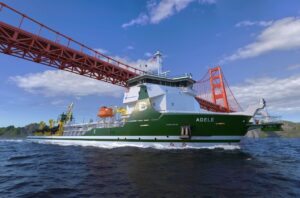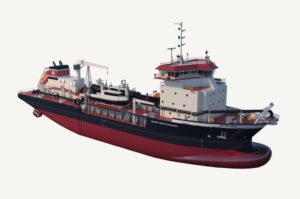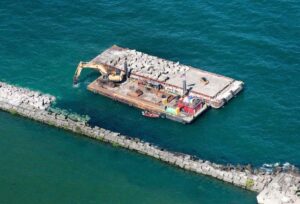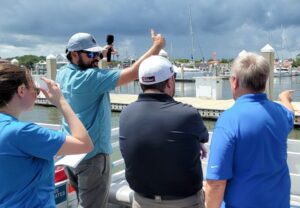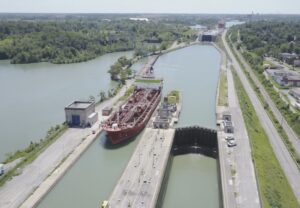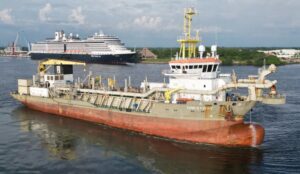MARAD Releases Study on Impacts of Panama Canal
The U.S. Department of Transportation’s Maritime Administration (MARAD) released a study on shipping patterns and industry costs that will help the United States prepare for the anticipated impact on its ports, waterways and intermodal freight systems from the Panama Canal expansion.
The expansion of the Panama Canal, scheduled for completion in 2015, will give much larger vessels, called “Post Panamax” vessels, greater access to the U.S. ports on the East and Gulf coasts.
“America’s ports keep our economy moving,” said U.S. Transportation Secretary Anthony Foxx. “This study can serve as a compass to guide our port investments in the Post Panamax world so our nation’s ports can accommodate larger vessels and help maintain our global competiveness.”
The Panama Canal Expansion Study, the first of a two-part study, found the integration of Post-Panamax vessels into U.S. trade lanes will have substantial implications for the nation’s shippers, ports and surface freight corridors, particularly along the East Coast, Gulf Coast and inland states located east of the Mississippi River. In addition, more cost-effective service generated by the larger vessels could improve the ability of some U.S. exports, like grain, coal, petroleum products and liquefied natural gas, to compete in global markets. In addition, the report noted that shifts in shipping patterns impacting the national transportation system will occur slowly and over time.
“Preparation is the key, and we’re already seeing it,” said Acting Maritime Administrator Paul “Chip” Jaenichen. “Increased cargo means expanded capacity, and forward-looking ports are deepening their harbors and improving their intermodal connections, often with the help of the Obama Administration’s programs, such as the competitive TIGER (Transportation Investment Generating Economic Recovery) Grant program.”
Infrastructure investment and the development of the nation’s ports and waterways have been among President Obama’s top priorities since the first day of his Administration and are major components of his proposal to support middle class jobs. Since 2009, the Obama Administration has directly invested more than $400 million in infrastructure projects at 33 U.S. ports in 22 different states through the TIGER program alone, all to improve the condition, efficiency and capacity of the nation’s ports, including roads, rail and waterside corridors that connect them with producers and consumers.
Some anticipated infrastructure development needs are currently being met as part of the Obama Administration’s “We Can’t Wait” economic initiative, which expedites the permitting and review process for regionally significant infrastructure projects. To date, the Administration has expedited seven infrastructure projects to help modernize and expand five major U.S. ports, including the Port of Jacksonville, the Port of Miami, the Port of Savannah, the Port of New York and New Jersey and the Port of Charleston.
[mappress]
Press Release, November 26, 2013


